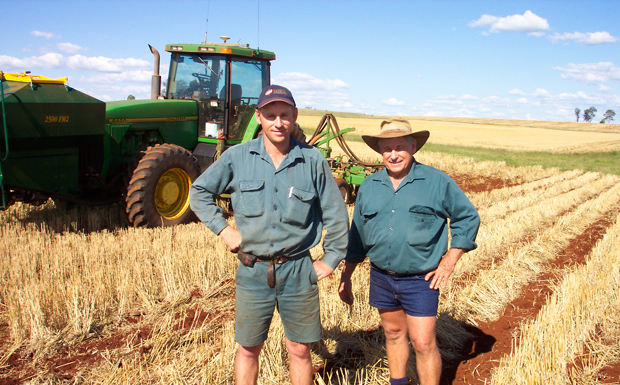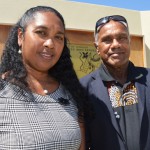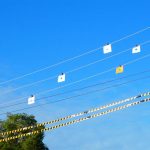
February 15, 2013
Controlled Traffic Farming – a system that uses satellites to improve soil health and minimise compaction – has become very popular in the South Burnett over the past 15 years or so.
Farmers use GPS-navigation equipment mounted on their farm machinery to control within centimetres their wheel tracks across the paddocks.
Controlled Traffic Farming (CTF), also known as “tram-tracking”, is often combined with zero tillage to improve soil structure and infiltration of water.
By always using the same wheel ruts, and having their equipment set up to the same wheel width, farmers can better maintain the soil used for cropping.
The first international conference focussed on Controlled Traffic Farming is being held in Toowoomba from February 25-27.
The conference, dubbed “CTF 2013”, has been organised by the Australian Controlled Traffic Farming Association (ACTFA).
It will present the expertise and experience of farmers, engineers and scientists from grain, cane, cotton, vegetable and fodder industries across the world.
The three themes to be explored are:
- Does CTF Deliver?
- Making CTF Better
- CTF – the Opportunities
“CTF aims to enable crop producers to achieve soil improvement, yield and profit increases, and environmental goals,” Dr Don Yule, leader of the team that developed CTF in Australia, said.
“Adopters also report reductions in input and energy costs.”
The conference is designed to assist farmers, agricultural professionals, extension officers, spatial scientists and machinery engineers.
Organisers said the program would also provide plenty of opportunities for interaction and discussion.
There will be poster and trade displays and two half-day farm tours to grain, cotton and vegetable farms in south-east Queensland.
- For more information and to register, visit the ACTFA website























